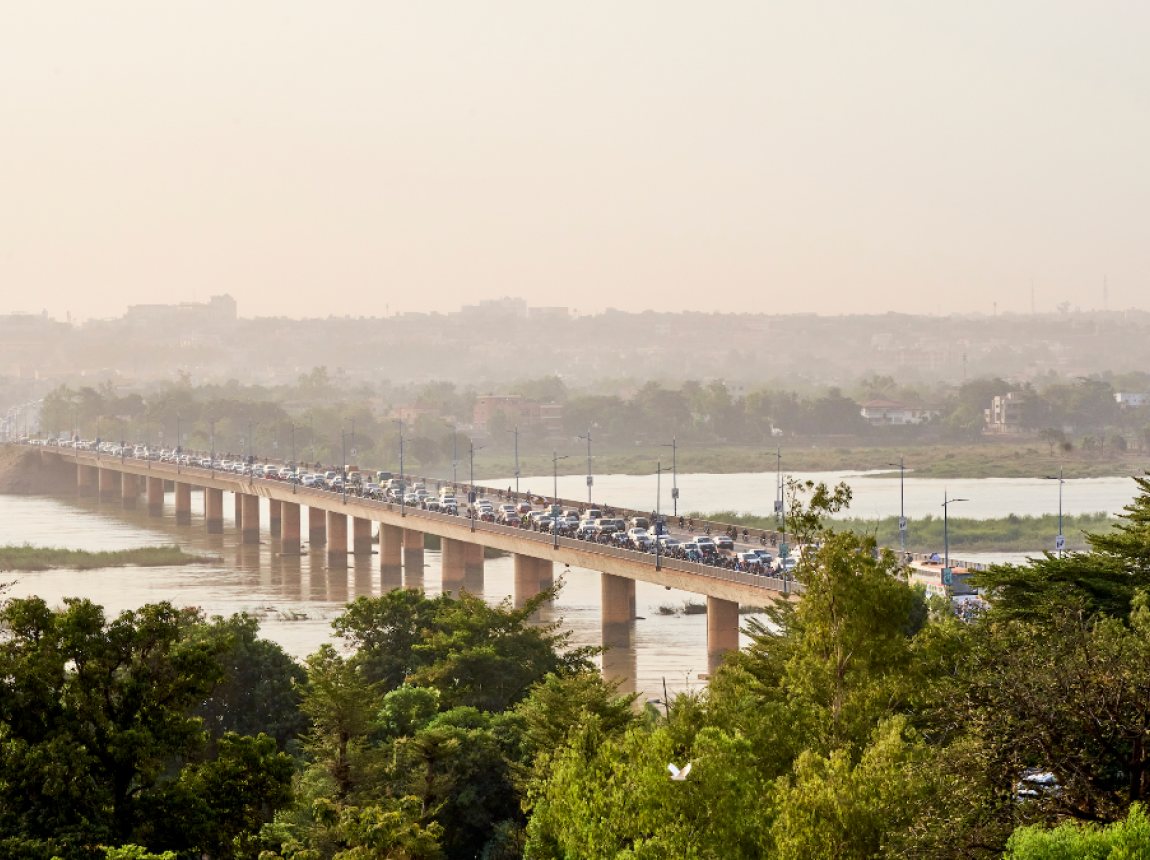Michael Spence on Adaptation
+ Brandon Fuller
After weathering Hurricane Sandy in Lower Manhattan, NYU Stern economist Michael Spence devoted his latest Project Syndicate piece to adaptation and resilience in the face of climate change. He points to two important components of disaster preparedness: 1. the capacity to mount an effective response, and 2. the infrastructure investments that reduce expected damage. Since Katrina, the United States has made improvements on the first component but when it comes to investments that can reduce expected damage Spence feels we’re lagging behind.
This includes damage to critical systems like the electricity grid and the information, communication, and transport networks that constitute the platform on which modern economies run. Relatively modest investments in the resilience, redundancy, and integrity of these systems pay high dividends, albeit at random intervals. Redundancy is the key.
Local power outages may be unavoidable, but one can create grids that are less vulnerable – and less prone to bringing large parts of the economy to a halt – by building in redundancy.
At the end of the piece, he offers a warning for the current and aspiring hubs in the global economic system:
This includes damage to critical systems like the electricity grid and the information, communication, and transport networks that constitute the platform on which modern economies run. Relatively modest investments in the resilience, redundancy, and integrity of these systems pay high dividends, albeit at random intervals. Redundancy is the key.
Local power outages may be unavoidable, but one can create grids that are less vulnerable – and less prone to bringing large parts of the economy to a halt – by building in redundancy.
Read the entire commentary here. I’d only add that the effort to improve resilience would also benefit from a hard look at how we re-invest in the storm-affected areas that appear most vulnerable to climate change. Policies that implicitly subsidize coastal development or simply rebuild “as-was” may continue to put people and resources in harms way. In such cases, nudging development to less vulnerable areas should be part of the adaptation strategy, a point that UCLA economist and Urbanization Project scholar Matt Kahn has been making elsewhere.

